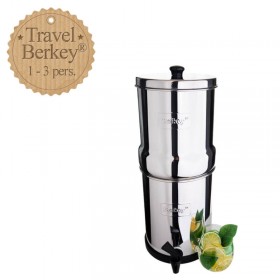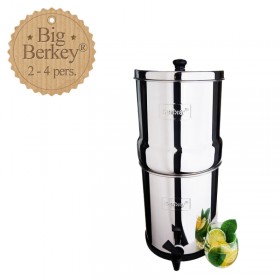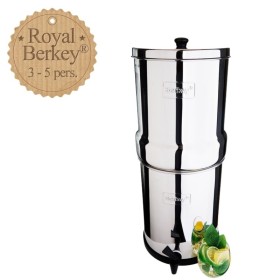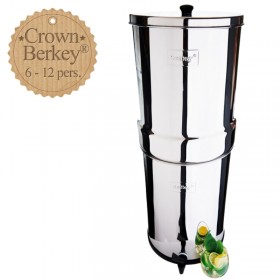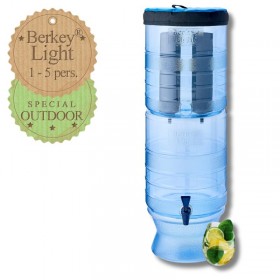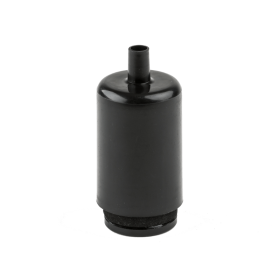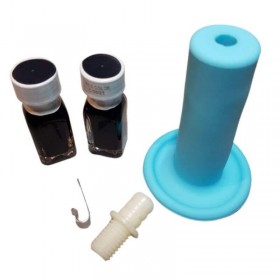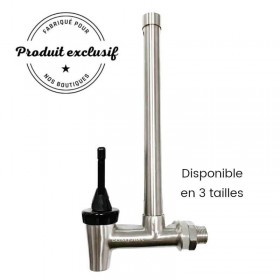The Danger of PFAS in Drinking Water
Per- and polyfluoroalkylated substances (PFAS) What are they?
Per- and polyfluoroalkylated substances (PFAS) represent a class of synthetic chemical compounds widely used in a variety of industrial and consumer products. PFAS comprise thousands of compounds, the best known of which are PFOA and PFOS. These compounds are found in products such as non-stick coatings, food packaging, fire-fighting foams, waterproof textiles, and many others.
Health hazards
FPAS are often referred to as "eternal chemicals" because of their resistance to degradation in the environment and in the human body. Several studies have associated exposure to PFASs with a variety of adverse health effects, including:
-
Liver and kidney problems:The accumulation of PFAS can lead to damage to vital organs.
-
Endocrine disorders: PFAS can interfere with the hormonal system, affecting the thyroid and reproduction.
-
Cancer: Some studies have found links between PFAS and types of cancer such as kidney and testicular cancer.
-
Weakening of the immune system: FPAS can reduce the effectiveness of the immune system, making individuals more susceptible to infections.
Sources of contamination
There are many sources of contamination, with PFAS entering drinking water mainly through:
Consumer products that often contain PFAS:
-
Grease-resistant paper and cardboard food packaging, such as that used for fast food
-
Clothing, carpets and furniture treated to be stain and water resistant.
Industrial products:
-
Fire-fighting foams used to extinguish fuel fires contain PFAS and are a major source of contamination.
Wastewater and sewage sludge:
-
Domestic and industrial wastewater can contain PFAS, which can then end up in rivers, lakes and drinking water supply systems.
-
Sewage sludge used as fertiliser can also be a source of PFAS when applied to agricultural land.
Atmosphere:
-
Atmospheric emissions from industrial sites can transport PFAS over long distances, contributing to large-scale contamination.
Accidental releases and spills:
-
Industrial accidents and spills of products containing PFAS can lead to localized but severe soil and water contamination.
Although certain measures are already in place to limit PFAS in drinking water, they are not enough to eradicate them. To drink the tap water in your home with complete peace of mind, you need a water purifier capable of filtering out these contaminants.
Berkey® systems and PFAS filtration
Faced with this growing threat, it's essential to have reliable and effective water filtration solutions. This is where Berkey® filtration systems come in. Designed to offer high-quality water purification, Berkey® filters are capable of significantly reducing the presence of PFAS in drinking water.
How does it work?
Black Berkey® filters core component of Berkey filtration systems, use a unique combination of filtration materials, including activated carbon and other innovative filter elements. This blend effectively adsorbs and traps PFAS, reducing their concentration to virtually undetectable levels.
Rigorous independent testing has shown that Black Berkey® filters can remove up to 99.9% of certain PFAS from contaminated water.
Conclusion
In a world where PFAS contamination of water is a major concern, it is essential to choose a high quality filtration system capable of protecting the health of you and your family. Berkey® filtration systems stand out for their exceptional efficiency, durability and ease of use, making them the solution of choice for safer, purer drinking water.
To find out more about our products and how they can help you reduce PFAS in your water, visit our website or contact our customer service team. Together, we can take concrete steps to ensure healthier and safer drinking water.
Share this content
Related products

